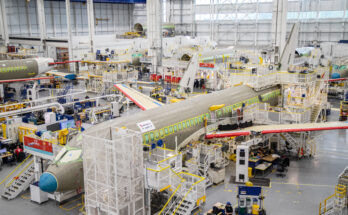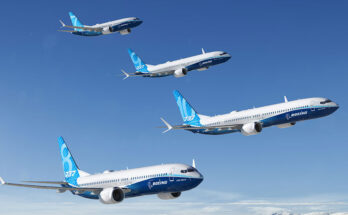
Boeing’s Starliner has been in the news recently for undesirable reasons. Between helium leaks, issues with thrusters and stranded astronauts due to Starliner’s troubles, it seems Boeing is bearing the brunt of an issue that is common in the Space market: that Space is hard.
Boeing’s issues and the resulting scrutiny has its place. However, its difficulties aren’t outliers in the history of humanity’s space exploration.
The Soyuz, the most prolific crewed platform, is just one other example, having experienced issues as well. The space shuttle sadly failed twice, yet each failure furthered development and improvements to the spacecraft involved. As unfortunate as these failures were, they generally made space travel safer.
In this current era, SpaceX Dragon and Boeing Starliner are the options in NASA’s Commercial Crew Program to deliver crews to the ISS. The rub here is that one more Dragon will be produced and likely no more Starliners will be; this was pre–Boeing Crew Flight Test, the latest Starliner mission.
In the future, Boeing plans to rotate between two reusable crew modules for planned Starliner missions. Officials have said each future flight would use a new service module, which provides propulsion and power generation capacity for the spacecraft. Therefore, these capsules’ production runs have mostly been completed.

Since these capsules (save one Dragon) have already been built, there is a strong business case to keep Dragon and Starliner launching over the life of the ISS. At the time of this writing, it is unclear whether the issues plaguing Starliner are an easy fix or something that will necessitate a total redesign. Unless there is some inherent issue with Starliner’s design that prohibits the use of these capsules, these spacecraft are ready to fly with the appropriate service modules.
SpaceX and Boeing were awarded fixed-price contracts under NASA’s Commercial Crew Program. This means that they receive a predetermined amount of money for each successful mission to the ISS.
Therefore, if Starliner is deemed safe, then why not launch the craft? Both capsules in operation provide NASA with redundancy and a possible increase in launch frequency.
While the challenges faced by Starliner have been significant, it’s premature to write off the spacecraft entirely. If Boeing can successfully address the underlying issues and demonstrate its reliability, maintaining both Dragon and Starliner would be beneficial for NASA and the future of commercial spaceflight.
Carter Palmer has long held a keen interest in military matters and aviation. As a FI's space systems analyst he is responsible for updating the reports and analyses within the Space Systems Forecast – Launch Vehicles & Manned Platforms and Space Systems Forecast – Satellites & Spacecraft products.




